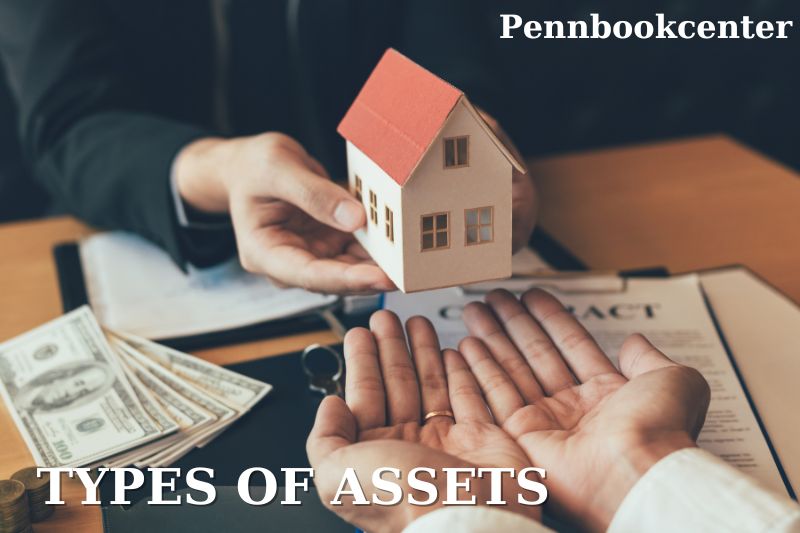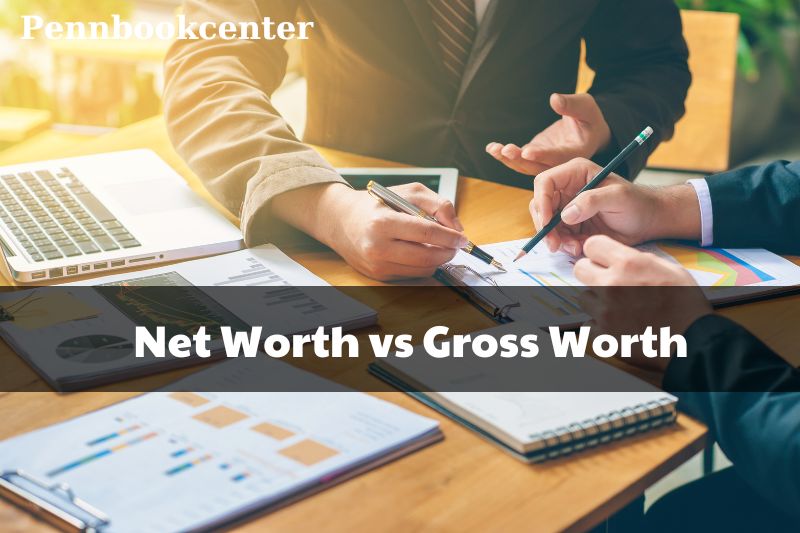Do you know exactly what types of assets you own—and what they’re really worth? Whether you’re managing personal finances or overseeing a business, understanding the categories of assets can help you make smarter financial decisions.
From current assets like cash and inventory to long-term fixed assets such as buildings and machinery, each plays a unique role in your economic stability and growth.
In this guide, PBC explains everything clearly and factually, helping you grasp what assets are, how they’re classified, and why they matter.
What Are the Different Types of Assets and How Are They Defined?

Assets are resources that individuals or companies control today with the expectation of gaining economic benefits in the future. These benefits might include generating cash flow, reducing operational costs, or increasing revenue.
For something to be considered an asset, it must be owned or owed in a way that creates value. When companies report their assets, they don’t just list random possessions—they show structured financial relationships, like how companies report assets to highlight financial position.
Current Assets: Short-Term Resources with Immediate Value
Current assets refer to resources expected to be used or turned into cash within a year. They’re essential to day-to-day operations.
- Cash, for instance, is considered the most liquid asset, always ready to meet immediate needs.
- Accounts receivable represent money owed to a company and must be reassessed periodically for collectability.
- Inventory is a key operational asset, but if it becomes outdated, businesses may need to adjust its value.
Together, these items offer businesses flexibility and speed. Since inventory is recorded as a current asset, its presence reflects both stock readiness and sales strategy. Similarly, when accounts receivable are reported on a balance sheet, they act as a bridge between product delivery and payment collection.
Fixed Assets: Long-Term Resources for Ongoing Use
Fixed assets are the long-term workhorses of any business. These are not meant for sale but rather for continual use over several years.
Examples include:
- Buildings, which typically lose value over time through depreciation, often calculated using the straight-line method.
- Machinery, commonly assigned a useful life of around 7 years, gradually wears out with usage.
- Vehicles, such as company trucks, are assigned a 5-year lifespan under IRS guidelines.
These assets stay on the books longer and gradually depreciate, impacting both taxes and long-term planning. For instance, the IRS assigns useful life to vehicles, allowing accurate forecasting of when replacements are needed. Likewise, buildings undergo depreciation, which helps balance their long-term value on the financial records.
Financial Assets: Market-Based Resources and Instruments
Financial assets are paper or digital investments that hold monetary value. These can be traded and typically include:
- Bonds, known for their high liquidity and reliability
- Mutual funds, offering diversification and ease of trading
- Corporate or government-issued stocks, which reflect ownership in an entity
These assets fluctuate based on market conditions and are often valued at current market price, not historical cost. A company might choose to hold bonds as financial assets for stable income, while stocks represent an ownership position and are vital for capital gains.
Intangible Assets: Non-Physical Resources with Economic Value

Intangible assets are non-physical, yet they contribute significantly to a company’s worth. Think about how trademarks classified as intangible assets can boost a brand’s visibility or how patents provide long-term protection and a competitive edge.
Other examples include:
- Goodwill, often arising from business acquisitions
- Copyrights, securing intellectual rights
- Royalties and brand equity, which may not be tangible but directly influence business value
These assets are often amortized over time to reflect their decreasing value and are central to companies in creative, tech, and legal sectors.
How Are Asset Types Reported in Financial Statements?
Assets are listed on the balance sheet, which categorizes them based on liquidity and duration. While current assets are expected to be sold or consumed within a year, fixed assets like machinery or buildings are classified as long-term investments and undergo depreciation.
Some are listed at historical cost, which includes the purchase price and associated costs like installation and shipping. Others, particularly financial assets, are marked to fair market value to reflect real-time fluctuations.
In financial reporting, the relationship between asset type and valuation method helps ensure transparency. For example, cash is a current asset, always listed at face value, while goodwill is classified as an intangible asset and may fluctuate with brand reputation or acquisition value.
Common Examples of Personal and Business Assets
Understanding everyday examples helps ground this topic:
Personal assets might include:
- A home or land
- Jewelry, art, or gold
- A checking account used for daily transactions
Business assets often involve:
- Office furniture, assigned a useful life of 7 years
- Fleet vehicles, contributing to logistics
- Equipment, crucial for operations
Whether for personal or professional use, the classification matters. For instance, companies include office furniture as fixed assets, whereas checking accounts belong under current assets for liquidity planning.
Asset Valuation and Lifespan Management
Over time, asset values change. Companies need to calculate depreciation and reassess assets regularly:
- Fixed assets, like machinery, lose value as they are used.
- Intangible assets such as patents are amortized over their lifespan.
- Impaired assets, like obsolete inventory, must be adjusted or written off to reflect true value.
This helps maintain accurate financial records. Businesses need to know when depreciation applies to fixed assets and when it’s time to replace or upgrade.
Key Differences Between Tangible and Intangible Assets
Tangible assets are physical and easier to evaluate. Buildings, vehicles, and inventory are all examples of tangible assets that can be sold or leveraged.
Intangible assets, though invisible, hold just as much power. A brand’s trademark or its goodwill can dramatically impact market perception.
A business may own tangible assets like buildings, while also investing in intangible assets like trademarks, creating a diversified balance sheet.
How Assets Differ From Liabilities and Why It Matters
Assets represent value held; liabilities are debts owed. For instance:
- A loan you give out is your asset because it’s owed back to you
- The same loan is a liability for the borrower
- Accounts payable, taxes due, and outstanding debts all count as liabilities
Understanding both helps track net worth and ensure you’re financially balanced. In essence, while assets provide economic benefit, liabilities create financial obligations that must be met.
Our calculator with help you figure out how much is your net worth.
Final Thoughts on Classifying and Managing Asset Types
Knowing your types of assets gives you clarity, confidence, and control over your finances. Whether it’s evaluating current holdings or planning future investments, classification is key.
Conclusion
Now that you understand the types of assets, feel free to share this post, leave a comment, or explore more at Pennbookcenter.com.




